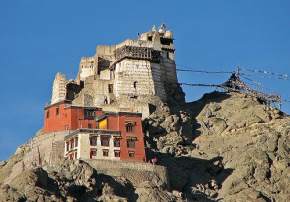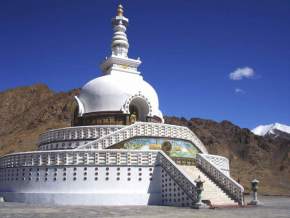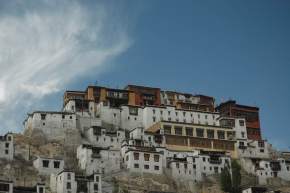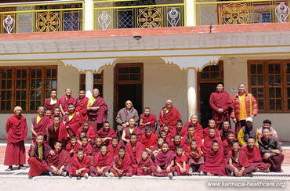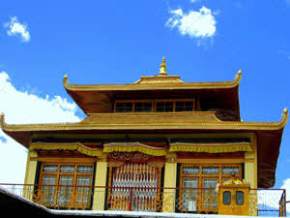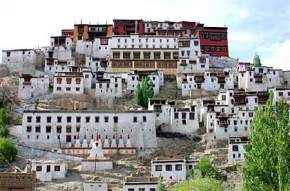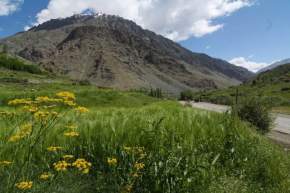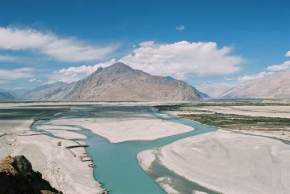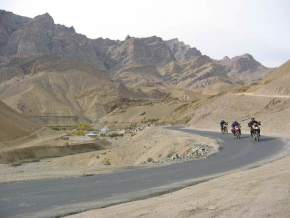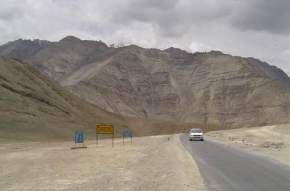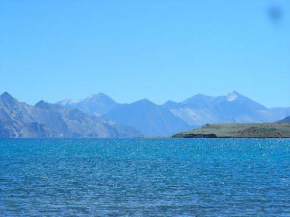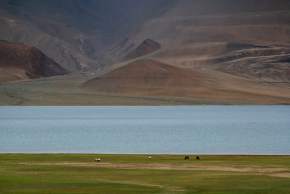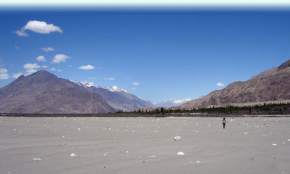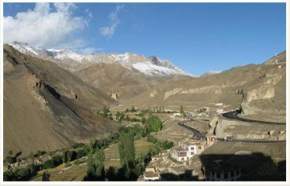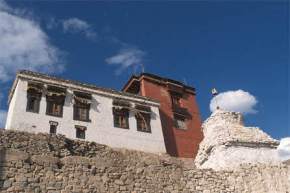History of Leh
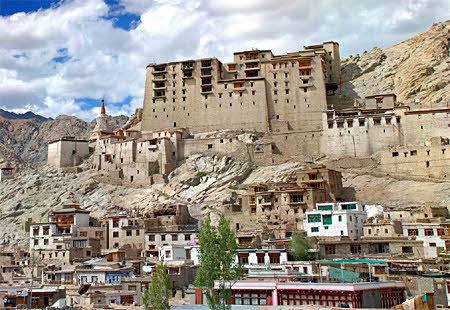
During the 17th century, Ladakh was ruled by King Sengge Namgyal. And it was during his reign when the place really flourished and gained popularity and was known to be a famous trade route. King Sengge Namgyal’s kingdom stretches from Spiti and western Tibet that was situated beyond Mount Kailash and the Lake Mansarovar.
The trader’s travelling via this route usually dealt with textile, spices, raw silks, narcotics etc. The popular mode used for trading was on foot or the horseback. It was during the 1960s that the motor vehicles were brought into use when the Leh-Srinagar motor road was constructed.
Slowly and steadily the place flourished and became one of the popular and busiest markets on the Silk route. A dozen pony- and camel-trains used to come to the broad bazaar during 1920 and 1930 which now forms its heart.
Earlier Leh was managed mainly by the Sunni Muslim merchants and abruptly in the 1950's, it came close to the Chinese border. Leh even incorporated Baluchistan which after partition went to Pakistan.
In ancient times, Leh was spread from Kailash Mansarover to Swaat (Dardistan). Well not much is known about the history of Leh and there is very inadequate information available.

